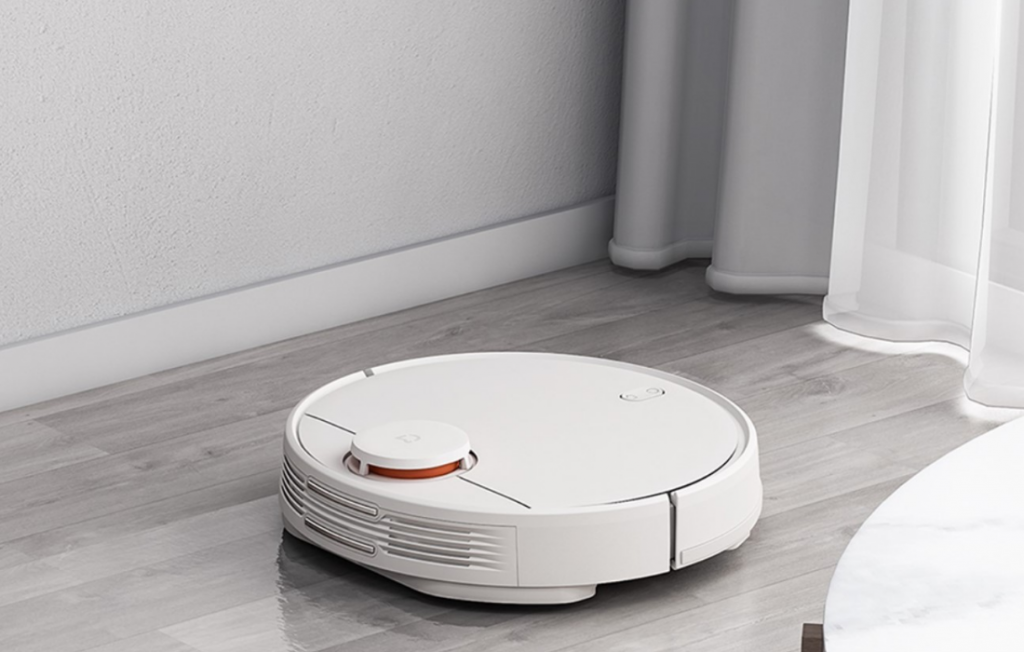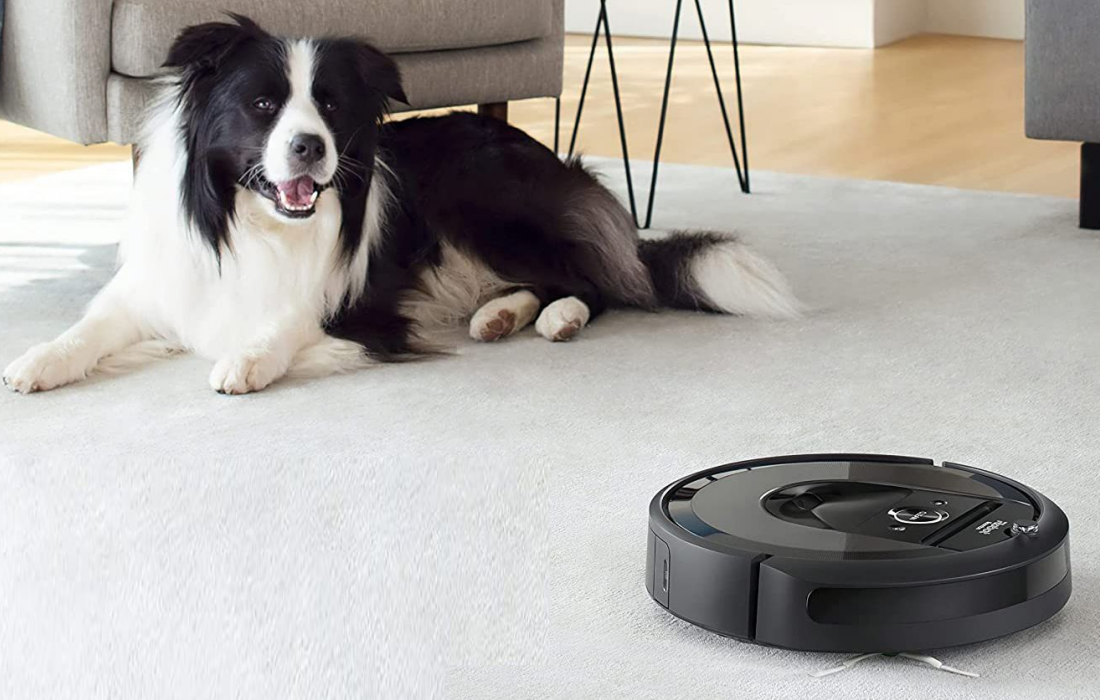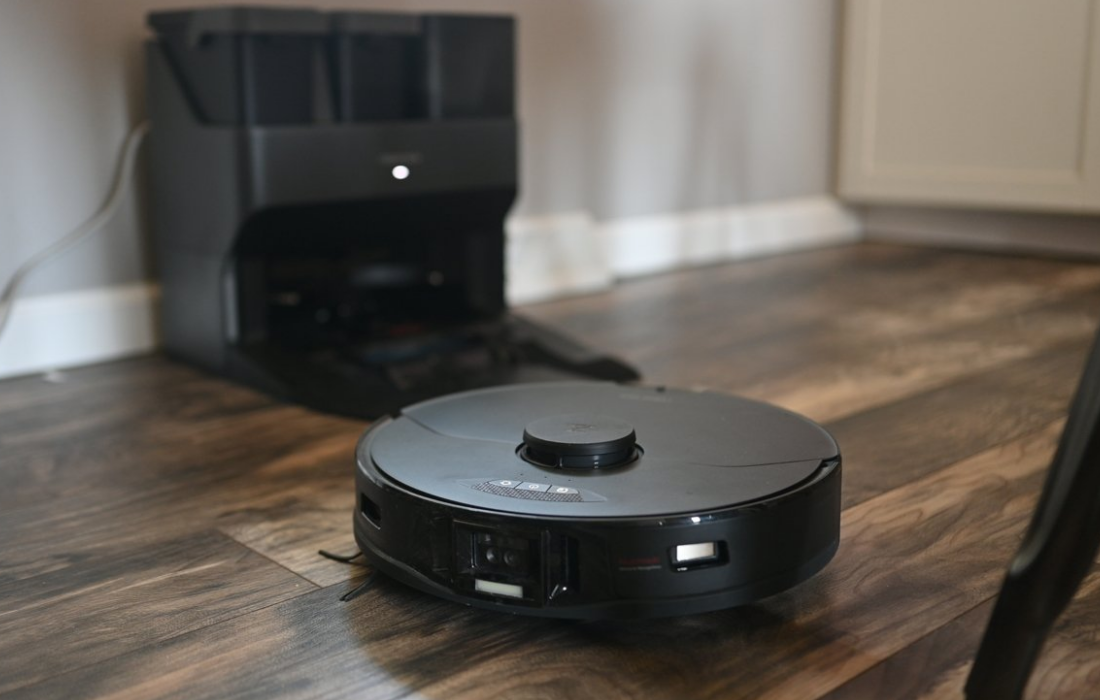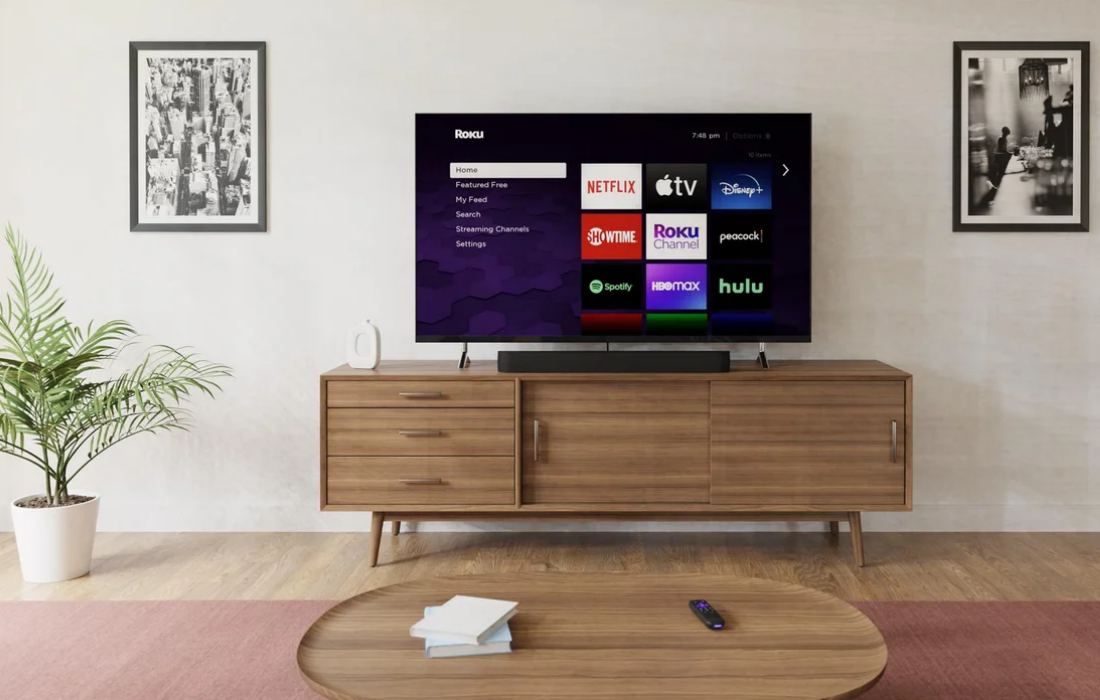
Tips On How To Get The Best Robot Vacuum Sucks Air
A machine that is designed to clean your home by going around and sucking air was recently made: a robot vacuum.
In recent years, robotic vacuums have grown in popularity because of their convenience and ability to keep your floors cleaner for longer than traditional human-powered vacuums.
Robot vacuums can map out your home by using self-navigation sensors. These self-navigation sensors use radio frequency identification (RFID) technology, which enables their mapping system. RFID technology is commonly found in mass-produced objects like supermarket items and keychains that can be purchased at any drug store.

In addition to the RFID technology, smaller components allow a robot vacuum to perform tasks, such as driving and mapping space. These components include a sensor that measures wheel rotation so that the vacuum can drive forward or backward. The sensors also have cameras that map the space, effectively telling the vacuum where it is. This allows it to avoid obstacles and return to its docking station when it needs to recharge. The sensors also have inertia-measuring accelerometers and gyroscopes, which tell how far and fast the robot is going, so it knows where it’s been without mapping.
Some robot vacuums have an onboard vacuum cleaner, which can beat human-powered options. These vacuums can be turned on and off. It’s also able to be programmed according to room, compared to a traditional human-powered vacuum that tends to move as needed, so it doesn’t get a chance to clean the entire house at once. The sensors in the robot vacuum allow it to know what area is being cleaned and when it has reached that area.

The benefit of using a Robot vacuum is that it sucks air.
The robot vacuum can clean a home for up to 4 hours on a single charge. It also can make 50 turns per hour, much faster than an average human cleaner but slower than some models. Some robot vacuums have sensors that help detect where they bumped into something, and then they show symbols on the cleaning pad when they are trying to indicate its location. Some models can tell if their wheels are clogged with dirt or cat fur. It also has a system that can detect if the brush roll isn’t thoroughly vacuuming the carpet.
To run a robot vacuum, you must create a room map of your home. The robot will know its location because it maps the room using sensors. Next, once the room has been mapped, it will start cleaning. You may have to guide it or have it “find its way” to ensure your house is clean and every corner gets vacuumed.




